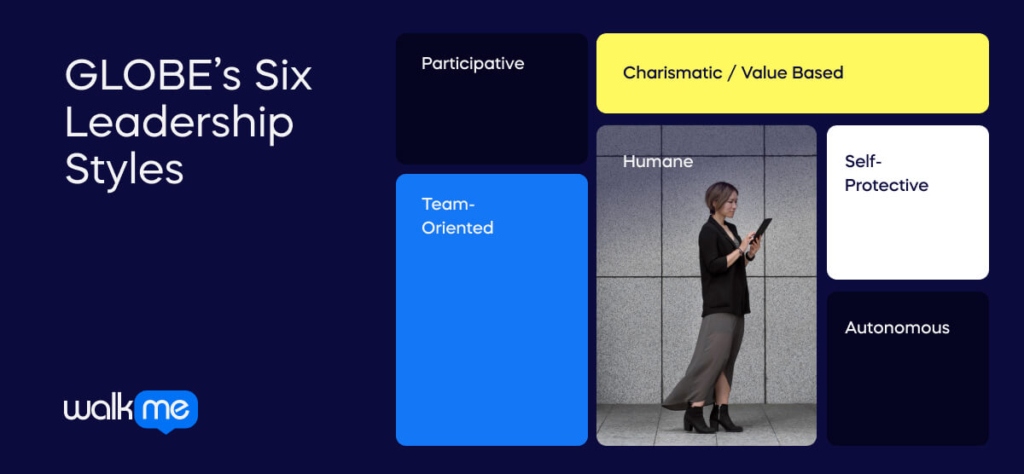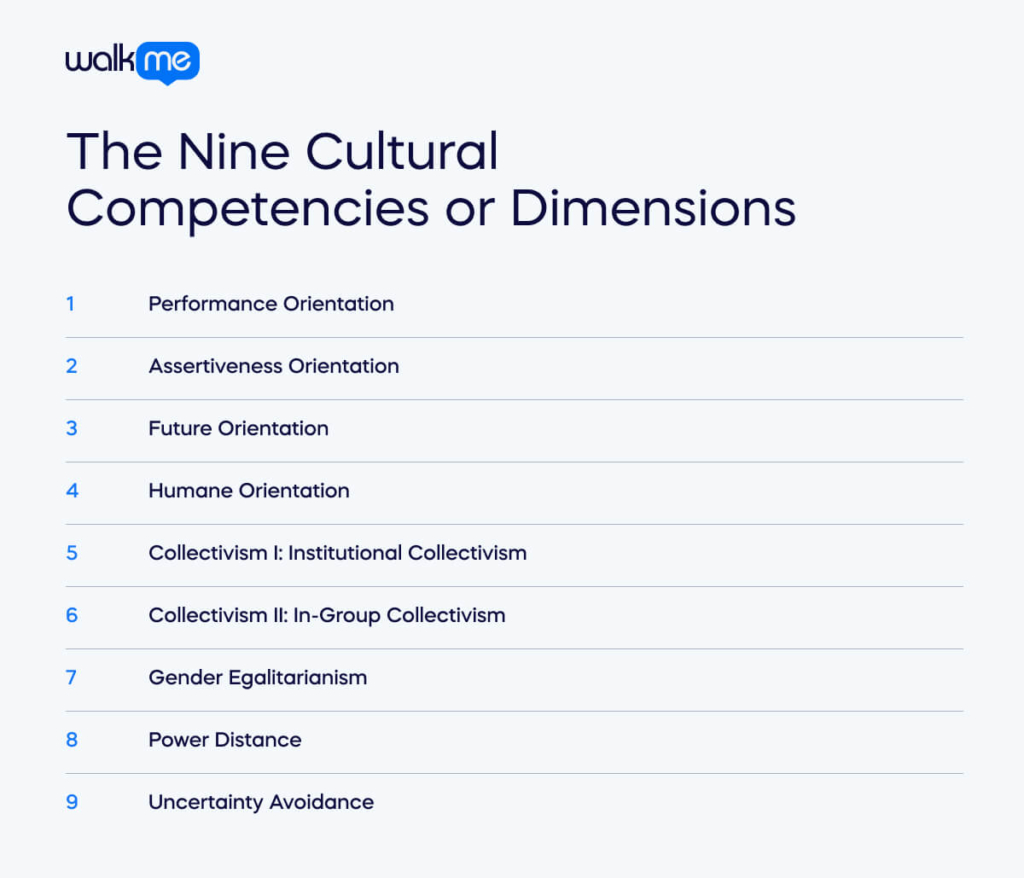The Global Leadership and Organizational Behavior Effectiveness Project (GLOBE) is one of the most comprehensive, in-depth studies on organizational leadership to date.
In fact, according to many, it is the most in-depth study on organizational leadership to date.
This study encompasses a breadth and scope that eclipses other similar programs, for several reasons:
- The GLOBE study is truly global, expanding its reach across the entire world’s cultures
- It explored key traits of successful leadership not only within each society, but cross-culturally
- The study identified a set of “culturally endorsed” leadership traits that subordinates used to distinguish effective leadership from ineffective leadership
Below, we will look at a few important concepts in the cross-cultural study, which examined 62 cultures in an effort to better understand organizational leadership.
Key Concepts of the Global Leadership and Organizational Behavior Effectiveness Project (GLOBE)
The GLOBE project attempts to be as comprehensive in possible in its scope, conducting multiple studies with thousands of people around the world.
In the research from the early 2000s, participants included:
- 17,300 middle managers from 951 organizations in 58 countries, from food processing, financial services, and telecommunications
- 62 societies, which were combined into 10 culture clusters
- A 14-member team of coordinators and researchers
The study’s purpose, as the name implies, was to better understand leadership and organizational effectiveness from a global perspective.
To that end, the researchers developed attributes, dimensions, and measurement standards. These offered a set of common tools and metrics that researchers could use to analyze and report their results.
These metrics included:
- 112 leader characteristics, such as modest, trustworthy, and decisive
- 21 leadership scales, which were derived from the first round of surveys about those characteristics
- 6 leadership styles, or “culturally endorsed leadership theory dimensions,” which were derived from the 21 scales
Based on the research, these six styles were the most universally valued leadership styles across cultures.
Naturally, not all organizational cultures, societal cultures, or culture clusters placed the same value on each style.
Some varied more than others. However, across cultures, participants connected those six styles with effective leadership.
GLOBE’s Six Leadership Styles

These styles included:
- Charismatic / Value Based – Leaders with this style value innovation, inspiring others, passion, and decisiveness, among other characteristics.
- Team-Oriented – As the name suggests, this style focuses on teamwork, cooperation, collaboration, a common purpose, loyalty, and so forth.
- Participative – Participation-oriented leaders encourage delegation, equality, input from others, and similar traits.
- Humane – A humane approach is centered around a concern for others, and these leaders have characteristics such as compassion, generosity, and patience.
- Self-Protective – The self-protective leader does things by the book, focusing on procedures, safety, security, saving face, and protecting groups and individuals.
- Autonomous – The focus is exclusively focused on autonomy, independence, and individuality.
As mentioned, different cultures perceive these styles differently when it comes to leadership quality.
Also, it is worth noting that these styles – or “culturally endorsed leadership theory dimensions” – do not make claims about what great leadership is.
They explain how people across cultures distinguish between ineffective and effective leaders.
The Nine Cultural Competencies or Dimensions

These nine dimensions are units of measurement that were used in the study.
They provided a baseline standard that the researchers could use to precisely articulate the similarities and differences between leadership qualities and styles across their research participants.
These nine cultural dimensions include:
- Performance Orientation – Performance orientation is a competency that refers to groups’ attitudes towards performance, how they encourage performance, reward it, and so forth
- Assertiveness Orientation – Assertive leaders are more willing to be assertive, confrontational, or aggressive in their dealings and relationships with others
- Future Orientation – Forward-thinking leaders plan, invest, and conduct other activities with an eye on the future
- Humane Orientation – Those with a humane orientation encourage and reward others for activities that are compassionate, generous, altruistic, and so on
- Collectivism I: Institutional Collectivism – The first type of collectivism values collective action and the distribution of resources
- Collectivism II: In-Group Collectivism – This next type of collectivism focuses on pride, loyalty, and cohesiveness when it comes to families, organizations, and similar units
- Gender Egalitarianism – How a group minimizes gender inequality
- Power Distance – A group’s expectations regarding equal power distribution
- Uncertainty Avoidance – How groups minimize the effects of future uncertainty through rules, procedures, and behavioral norms
Similar units of measurement have been used in other studies.
They are typically represented as a scale or a continuum. Each value will have, for instance, a value ranging from 0 to 7, indicating the degree or strength of the dimension.
Final Thoughts
The GLOBE study is sweeping, wide-ranging, and thought-provoking.
It contains a great deal of valuable information that any leader can use to better understand leadership, global leadership, and culture.
This study can offer a great deal of insight for professionals who want to improve employee productivity, organizational effectiveness, and business performance.
For more information on the study, see the GLOBE books or read relevant articles on our change management blog.

